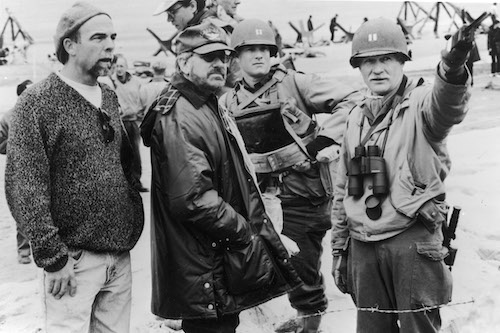
Steven Spielberg's landmark World War II drama Saving Private Ryan turned 25 this year and Cineworld is hosting two days of screenings to mark the occasion.
Spielberg's harrowing movie was written by Robert Rodat and derived many of its hard-hitting moments from testimonial accounts. The movie tells the (fictional) story of Captain John Miller (Tom Hanks) who leads a squad of troops behind enemy lines in Nazi-occupied France to find the eponymous Private Ryan (Matt Damon) whose brothers have all been killed in action.
Famously, Spielberg deployed a documentarian's approach, working with DP Janusz Kaminski and relying heavily on desaturated colours and hand-held cameras to put audiences in the horrific fog of war. Nowhere is this more evident than the astonishing and visceral Omaha landing D-Day sequence that opens the movie. Attending World War II veterans lauded the film's accuracy and said it was as close as any movie had come to replicating their own experiences.
Don't miss the chance to catch this Spielberg masterpiece back on the big screen at Cineworld where it promises to commemorate the lives of so many that were lost. Before you book your tickets (you can find the link at the bottom of this post), here are 25 facts you might not have known about the movie.
- Spielberg had long harboured an interest in World War II and as a boy often made Super 8 war-themed short movies involving his friends and family (the making of these projects can be seen in Spielberg's autobiographical drama The Fabelmans)
- Initially devising Saving Private Ryan as a gung-ho adventure, Spielberg changed to a more sober tack after speaking to and interviewing numerous World War II veterans who spoke at length about their experiences
- The director of The Shawshank Redemption, Frank Darabont, was enlisted to rewrite Robert Rodat's script and suggested that the movie opens with the Omaha Beach landings
- Spielberg recalled talking to one former soldier who described the real-life beach assault as "a blur" and this was one of several conversations that convinced the director to make an "unsanitized" depiction of the horrors of combat
- One of the key influences on the movie was the Niland brothers; the four siblings hailed from New York and upon participating in World War II, only two survived (Fritz Niland was returned to America and Edward Niland was taken captive by the Japanese in Burma before later being returned)
- Spielberg and Tom Hanks had long sought to make a movie together and he was cast as Captain Miller, although the likes of Mel Gibson were considered for the role
- Hanks and most of the remaining cast (sans Matt Damon) were put through a rigorous six-day boot camp by technical advisor and Vietnam War veteran Captain Dale Dye
- This involved being exposed to fiercely cold and wet conditions, embarking on arduous five-mile runs and weapons training
- Damon was kept away from the training to foster a genuine sense of on-screen resentment between his character, James Ryan, and Miller's squad
- Actor Vin Diesel, who plays the ill-fated Caparzo, recalls that he and the rest of the actors were on the verge of quitting but Hanks persuaded them to stick it out: "At that moment, we all got huge respect for him"
- The D-Day landing sequence cost $12 million and was shot over four weeks at Ballinesker Beach, a section of Curracloe Beach, in County Wexford, Ireland
- The scene involved about 1,500 people in total including 400 crew, 1,000 volunteer reserve and Irish army soldiers, and dozens of extras and about 30 amputees and paraplegics fitted with prosthetic limbs to portray disfigured soldiers
- Spielberg avoided the use of artificial light and free-styled the camera, keeping it low to the ground to make audiences feel like they were actively participating in the conflict
- Somewhat unusually Spielberg didn't storyboard any of the movie, instead desiring a sense of spontaneity that would make the battle sequences and the wider narrative feel more organic
- Spielberg's cinematographer Janusz Kaminski, with whom he first worked on Schindler's List (1993), developed a bleach bypass technique whereby desaturated colours and bluer hues stood out in the frame and added to the movie's veracity
- Spielberg secured permission to film the movie's opening and closing sequences at the Normandy American Cemetery and Memorial located near the real-life Omaha Beach location
- Much of the rest of the movie was shot in England with the closing battle of Ramelle shot at Hatfield Aerodrome
- Production designer Thomas Sanders built the fictional town that included fully built buildings, facades, and a custom-built, 900 ft (270 m) long river
- Spielberg compelled editor Michael Kahn to cut down certain violent sequences as he felt they were "too painful"
- Spielberg worked with composer John Williams to spot the movie carefully, avoiding any music in the combat sequences and instead using Williams' score as a haunting elegy in the moments of introspection
- Saving Private Ryan was released in the USA in July 1998, an unusual movie for an adult-oriented, World War II movie, but it went on to become the second-highest-grossing film of the year with takings of $482.3 million
- Both critics and World War II survivors praised the movie for its accuracy and the movie's pragmatic, near-documentary approach to the horrors of war proved to be hugely influential on the later likes of Black Hawk Down (2001), directed by Ridley Scott
- One veteran told Time Magazine: "I remember when I walked out into the lobby of the moviehouse, not a single person coming out of that showing said one word ... everybody was stunned by it ... It just brought back so many memories"
- However, the movie did draw some criticism for omitting the other Allied forces who played a key role in the conflict
- Saving Private Ryan won five Oscars including Best Director for Spielberg, although it lost Best Picture to Shakespeare in Love
Click the link below to book your tickets for Saving Private Ryan. The movie is showing at Cineworld for a limited time only on the 1st and 7th of December.
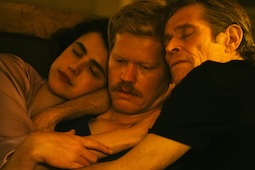
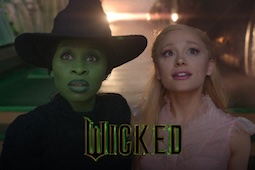
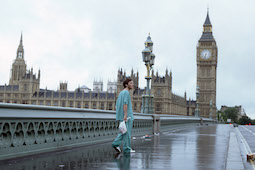

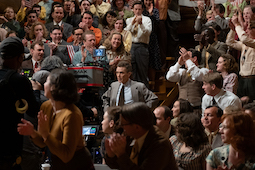
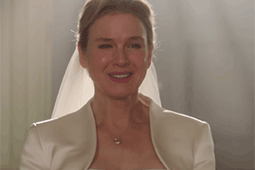
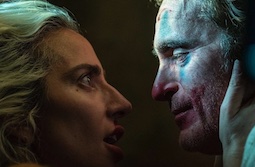
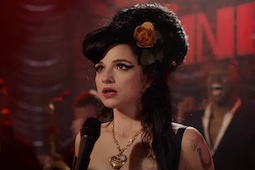

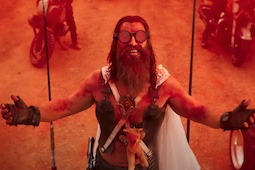



.jpg)
.png)



